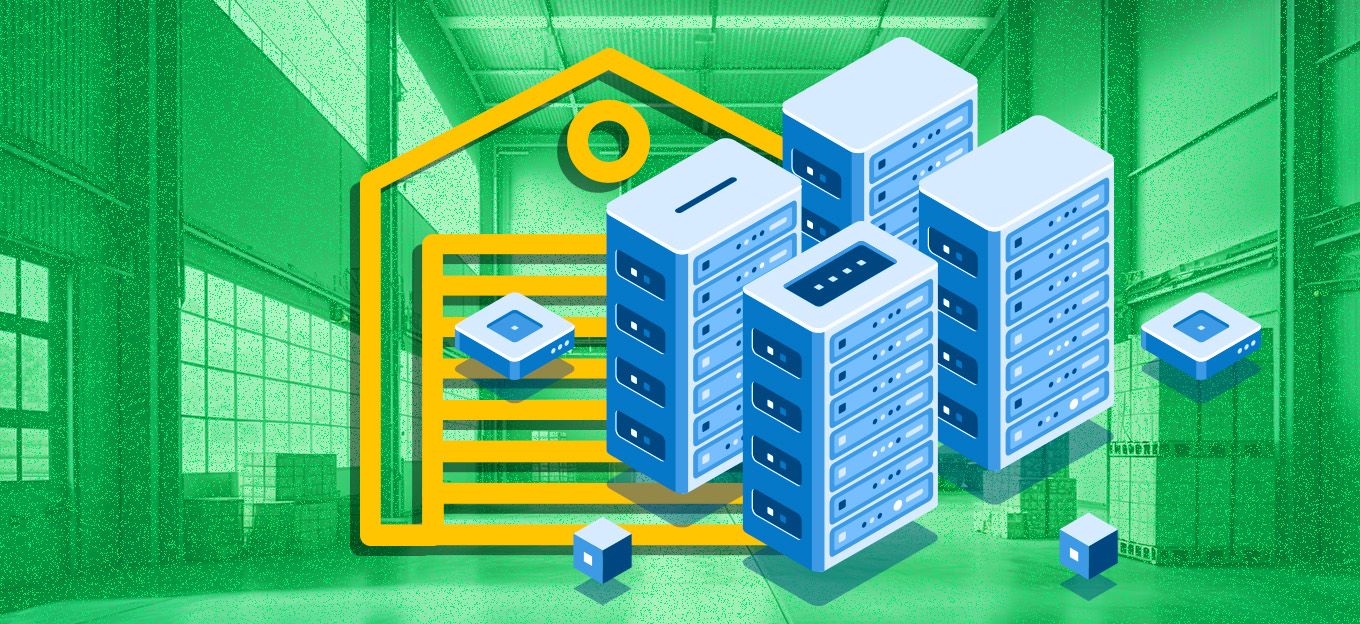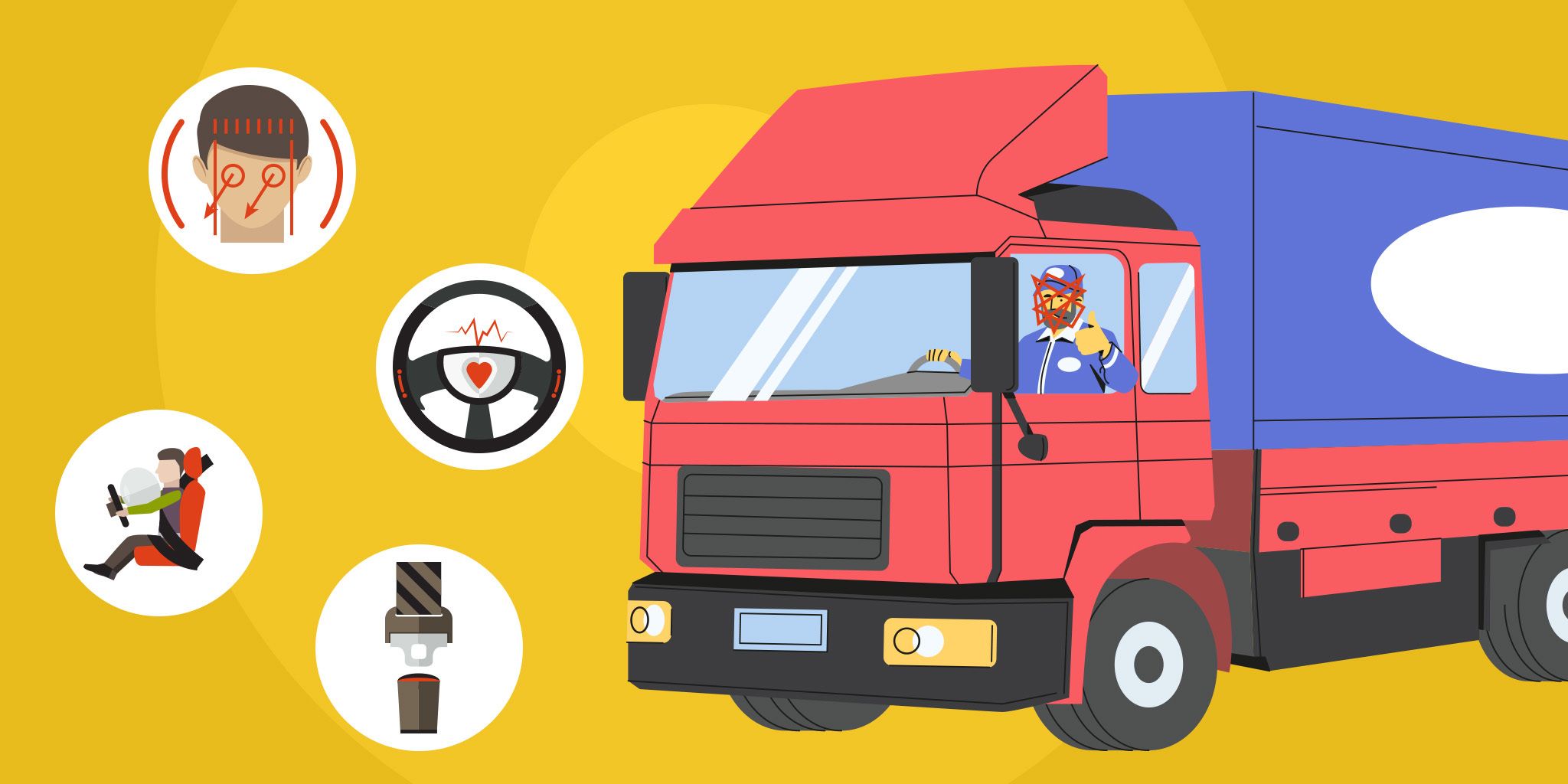Can IoT Help Advance the Micromobility Market?
Can IoT Help Advance the Micromobility Market?
- Last Updated: December 2, 2024
Guest Writer
- Last Updated: December 2, 2024



IoT is no longer just a buzzword. There are countless solutions built around it. One of the most common solutions is your virtual assistant, "Alexa." The way that device manages other internet-connected devices in your home is almost priceless. But, this is not all IoT is good for. IoT has been heavily leveraged in industries like manufacturing, logistics, industrial automation, and more. Moreover, IoT is also being used in the micromobility sector.
'IoT can help in the advancement of the micromobility market, but these methods will first require a high investment.' -Kamal R.
What is Micromobility?
The term micromobility refers to lightweight transportation for individuals. It covers various types of transportation options that weigh less than 500kg (1200 lbs). Some examples are bicycles, e-bikes, electric scooters, segways, electric skateboards, and hoverboards. Unlike vehicles that can be used to travel long distances, the micromobility market focuses on short distances, usually less than five miles.
There are many benefits to the micromobility market, which is why tech giants are heavily investing in it. In 2020, investment in the micromobility market was $800 million. It soon skyrocketed after the lockdown restrictions were lifted. The micromobility brands attracted close to $2.9 billion in 2021.
Benefits of the Micromobility Market
Let's take a look at three specific benefits of the micromobility market that justify these high investments:
#1: Convenience
One of the best benefits is convenience. Transportation options can help users reach their destination quickly and with ease.
#2: No Parking Issues
Parking is a huge problem when it comes to personal vehicles. Here, micromobility can be of great use. With micromobility transportation options like segways and hoverboards, you will never again face parking issues.
#3: Cost-Effective
As the concept of micromobility includes ride-sharing, it will naturally become cost-effective; you can rent, and there is no need for any type of license for e-bikes or hoverboards.
Challenges Faced by the Micromobility Sector
The concept of micromobility looks attractive, but there are some challenges that potential firms and businesses face. However, there is no need to worry as long as you have IoT because it has the power to advance the micromobility market.
Data Sharing
Imagine this: Your firm has 100 ebikes throughout the city. People use your bikes, but they do not pay attention to the charging levels, and why would they? They are your service vehicles; you have to take care of them, right?
Well, this issue and many other issues like ending the ride midway, leaving the vehicle anywhere, navigation issues, and overriding the vehicle can lead to vehicle damage and revenue loss. Hence, there needs to be a way to gather all the necessary data about the vehicle from time to time. With IoT devices like highly sensitive sensors, you can easily get all the vehicle data for analysis and take the necessary actions. Moreover, the use of IoT sensors will also make it easy for you to share data with the traffic authorities to monitor vehicle activity in a better way.
Riding Behavior
It is pretty common to see people riding aggressively on the road. This can be motivated by various reasons like time-saving or road rage. No matter what the reason, it is not acceptable as it can distract or put others on the road at risk.
With IoT sensors fitted on the vehicles, businesses can understand the state of the vehicle and warn the rider. For example, if a person is speeding or cutting the lane repeatedly, sensors can record the data and share it with the authorities for further action. This can save vehicle damage and also spare companies from getting banned due to bad riding behavior.
Safety
No matter if it is a car or a scooter, safety should be the number one priority for micromobility service provider companies. It is necessary to integrate features that help safeguard the riders. These are not only important for safety, but they also allow businesses to fulfill government requirements to keep their business secure.
Theft and Vandalism
The worst loss that can happen to a micromobility company is vehicle theft or damage. Therefore, it is critical to put in proper security measures to prevent it, and, of course, IoT can help. With the use of certain IoT sensors, companies can prevent the stealing of vehicles. Moreover, these sensors can also be linked to other systems to trigger warning messages.
For example, if a vehicle is stationary and any odd movement is observed, the sensors can lock the wheels to stop the motion altogether. If it is an authenticated user, they can use their phone to get a passcode and prove that it is them. Further, the vehicle can be fitted with environment mapping sensors to prevent vandalism.
Scaling Service
IoT can be of great help in business scaling, but the key issue with IoT is that you need to change the entire system to upscale, not just a single one. It is best to opt for the best IoT service provider. Keeping a single service provider will ensure that you do not face any issues while scaling, as the operator would know how your business works.
Compliance
Compliance with government norms can impede you as they may change and be difficult to fulfill. However, if you are backed by state-of-the-art IoT solutions, they can become easier. IoT sensors can be used to keep riders within speed limits. It can ensure that your vehicle is parked at the right spot. Moreover, smart sensors can also lead the riders to the nearest charging station. These measures ensure that riders are doing the right thing and that government norms are being followed.
IoT and Micromobility
IoT can help in the advancement of the micromobility market, but these methods will first require a high investment. Once invested and all other systems are managed, the question remains of timely maintenance and upgrade. Investment in IoT for the micromobility sector is fruitful in the long run, and, as various tech giants like Uber are converging towards this, it is sure to have continuing potential.
The Most Comprehensive IoT Newsletter for Enterprises
Showcasing the highest-quality content, resources, news, and insights from the world of the Internet of Things. Subscribe to remain informed and up-to-date.
New Podcast Episode

IoT and AI in 2026
Related Articles





